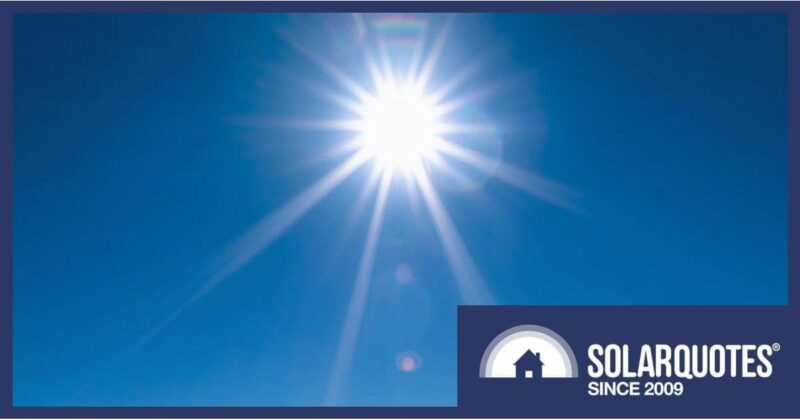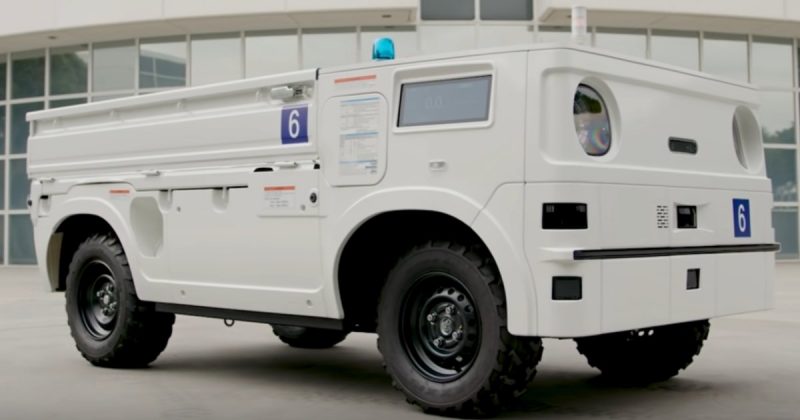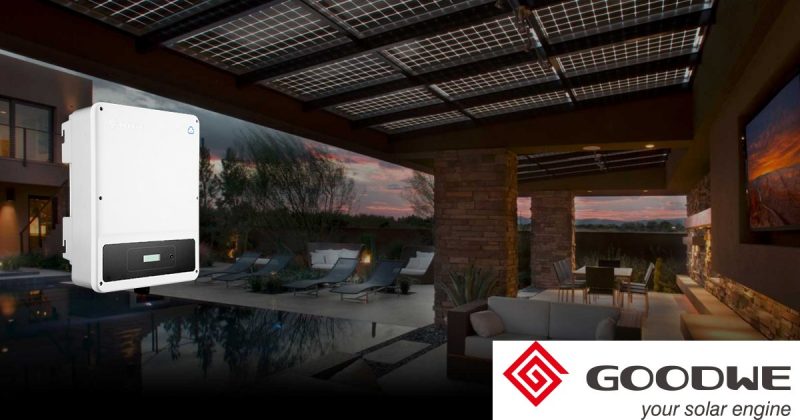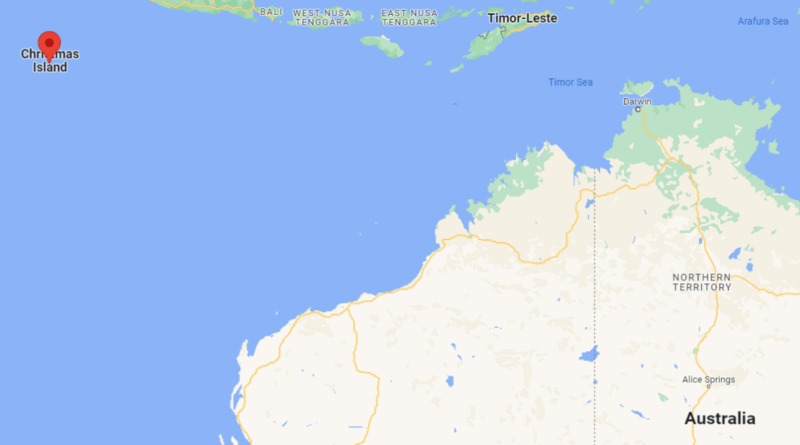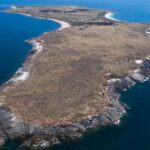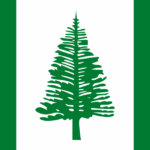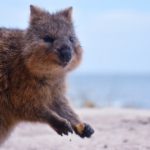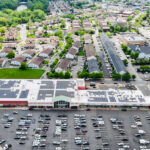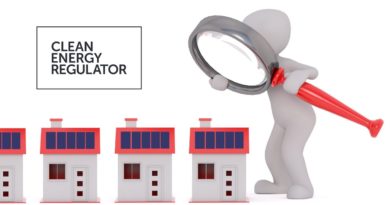Solar’s Role In Saving Christmas Island Wildlife
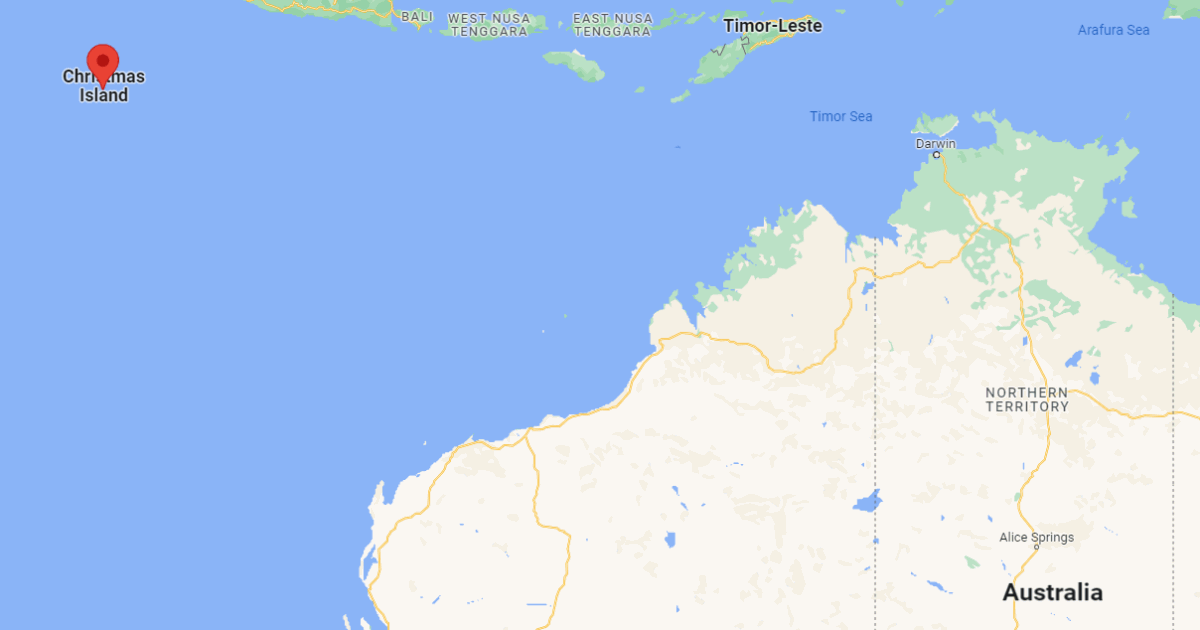
An Australian Government investment saved thousands of Christmas Island’s native creatures last year, with some help from solar power.
Christmas Island is an Australian territory in the Indian Ocean, around 2,300 kilometres northwest of Perth. Much of the 135 km² island is national park, brimming with native wildlife. But that wildlife is at serious risk from a threat very familiar to many Australians – feral cats1.
Parks Australia has been working with the folks on Christmas Island for more than six years to reduce feral cat numbers, and those efforts were stepped up last year. Almost 300 feral cats were eradicated in 2022, which saved an estimated 10,800 giant geckos, 4,200 threatened birds and more than 380 critically endangered flying foxes just last year.
Among the tools being used for eradicating feral cats are fifteen Felixer grooming traps, which have proved to be crucial in getting numbers down.
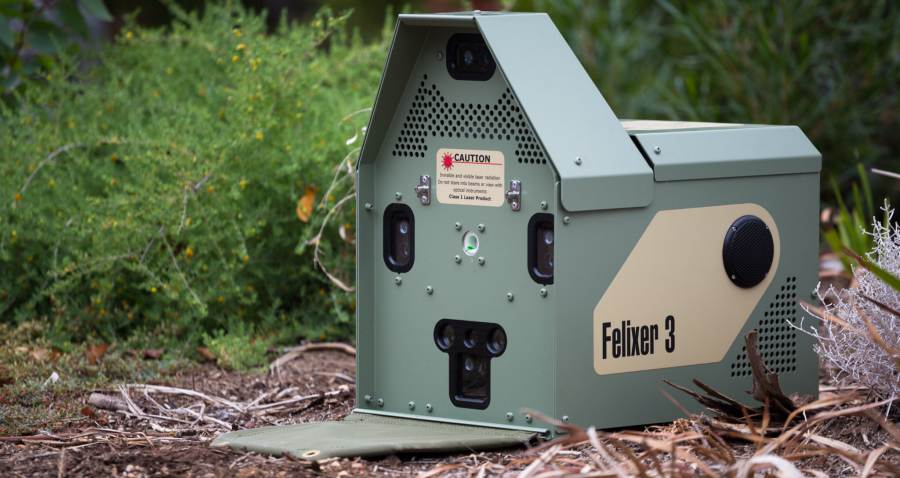
These solar-powered traps attract cats using a bait and audio lures and then spray a toxin on the feline when it gets close enough. When the cat grooms itself – a compulsive behaviour in all cats – it licks off the poison.
The poison used is 1080. There’s no sugar-coating this – 1080 is nasty stuff and it’s not on my top 10 list of ways I wish to die. Cats are very sensitive to 1080 and death can occur within a couple of hours of ingestion.
To avoid spraying non-target species, the traps utilise a camera, an array of sensors and other tech smarts that distinguish cats from other animals. The Felixer is powered by a 12V 18Ah lead-acid battery, which is kept charged in the field with an 80W foldable solar panel usually installed some metres away from the trap.
Crafty Crabs Pose Cat Trap Challenge
One of Christmas Island’s many natural wonders is the coconut crab, a species of terrestrial hermit crab. It’s the world’s biggest land crustacean, weighing more than 4 kg and can measure up to a metre across.
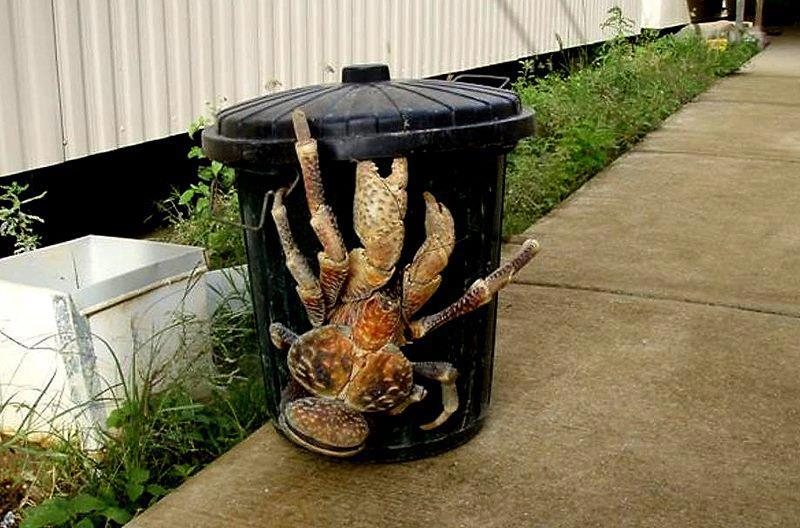
Image: Parks Australia
Also known as the robber crab, the crafty crustaceans will eat just about anything organic if push comes to shove, and are well-known for stealing (and destroying) non-food items. The baits used in the feral cat grooming traps proved to be rather tempting and the robber crabs were damaging the traps with their powerful claws in order to get to the bait. A simple solution has been found – upturned wheelie bins with a metal grill over the front.
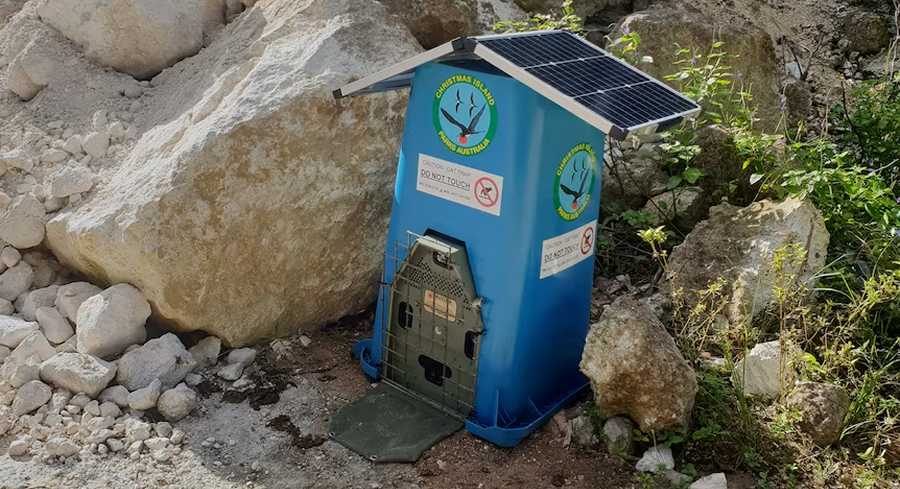
Image: Parks Australia via ABC.
The wheelie bin also acts as a platform for the solar panel, keeping it away from crab claws.
The Albanese Government is investing $4 million into the eradication project, with the ambition of seeing Christmas Island free of feral cats by 2025.
“Feral cats have had a devastating impact on Christmas Island’s unique native wildlife – they can kill up to eight giant geckos in a single night,” said Federal Minister for the Environment and Water, Tanya Plibersek. “Every cat removed from Christmas Island has seen scores of native reptiles, birds and mammals saved.”
Only registered and desexed cats can be kept on Christmas Island and no new cats can be imported. So, the island’s domestic cat population will also eventually decrease to zero.
Original Source: https://www.solarquotes.com.au/blog/solar-christmas-island-wildlife-mb2810/
